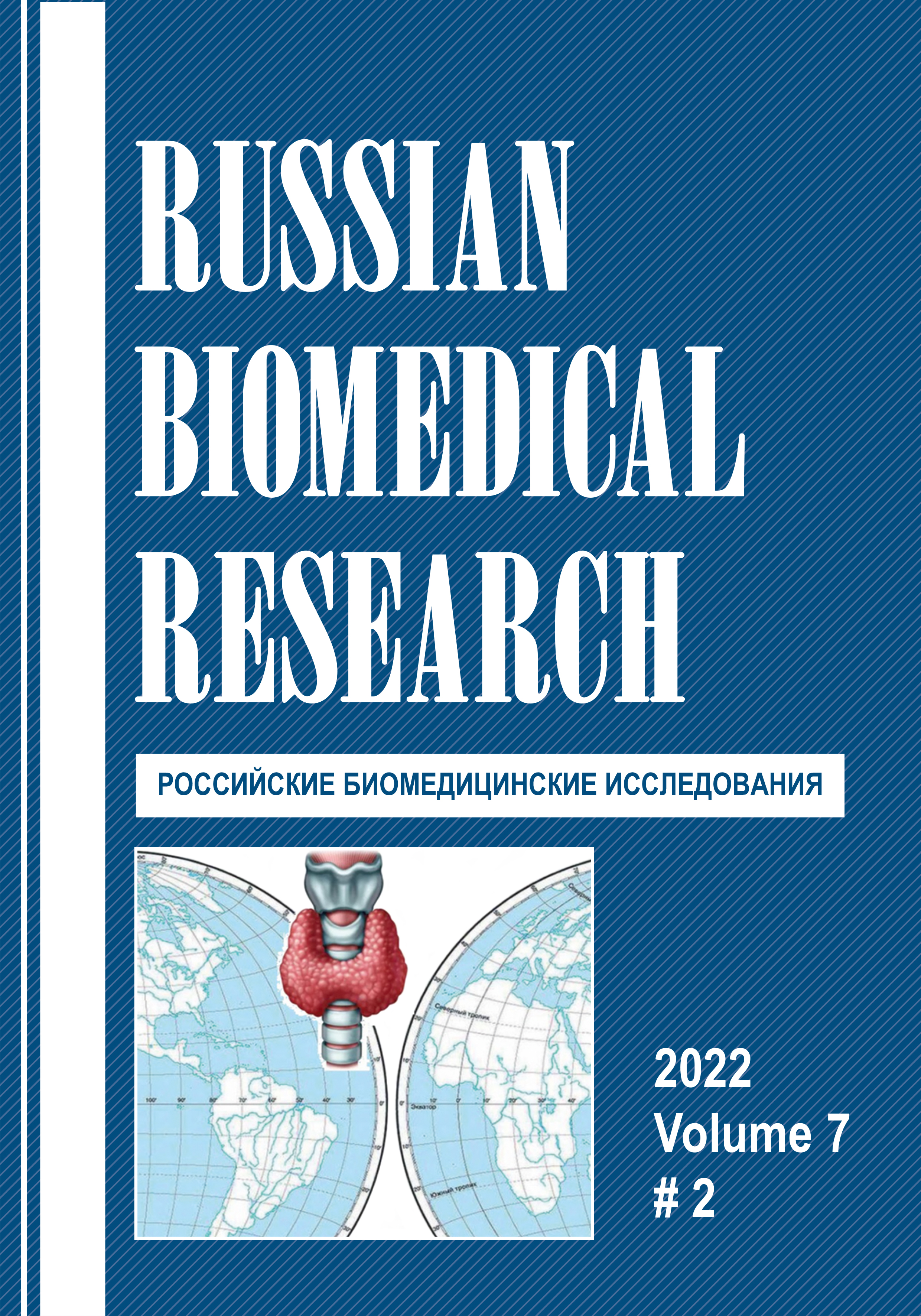THE EFFECT OF VIRAL INFECTION OF THE HERPES SIMPLEX VIRUS ON THE PERFORMANCE OF EXPERIMENTAL ANIMALS AND THE POSSIBILITY OF ITS CORRECTION WITH Na2GSSG-INOSINE
Abstract
. According to modern concepts, excessive physical activity can lead to the development of an immunodeficiency state, thereby increasing the body’s susceptibility to the effects of adverse environmental factors, primarily to infectious diseases. The purpose of this experiment was to study the effect of Na2GSSG-inosine on the performance of laboratory animals with experimental herpesvirus infection against the background of debilitating physical exertion in the experiment. To reproduce a herpes infection, herpes simplex virus type 1 (HSV) type 1, US strain, initial virus titer 102-103 CPD50/ml, or HSV type 2, strain VN, initial virus titer 102-103 CPD50/ml were used. Reproduction of the infection of animals with herpes infection was carried out by administering (intraperitoneally) HSV type 1 or HSV type 2 to animals, which had previously received an injection of hydrocortisone 2 hours before. The number of experimental and control groups was 10 mice each. The evaluated drug Na2GSSG-inosine was injected subcutaneously in a volume of 0.5 ml at a single dose of 30 mg/kg body weight (10 μg/mouse = 30 mg/kg) according to two schemes: 24 h before infection, simultaneously with infection, after 24, 48 and 72 hours after infection (scheme 1 - emergency prevention); simultaneously with infection, 24 hours, 48 hours and 72 hours after infection (scheme 2 - early etiotropic treatment). To assess the performance of animals, they were immersed in a container with water and subjected to swimming to failure with a load of 10% of body weight. Analysis of the presented data indicates a positive effect of Na2GSSG-inosine on the body’s recovery capabilities to cyclic physical activity. The experimental data obtained indicate that its use at a dose of 30 mg/kg contributed to the restoration of the working capacity of small laboratory animals during exhausting physical exertion and herpes simplex virus infection. Correction of working capacity against the background of intense loads and herpes virus infection with the herpes simplex virus using Na2GSSG-inosine should be recognized as a pathogenetic method.



